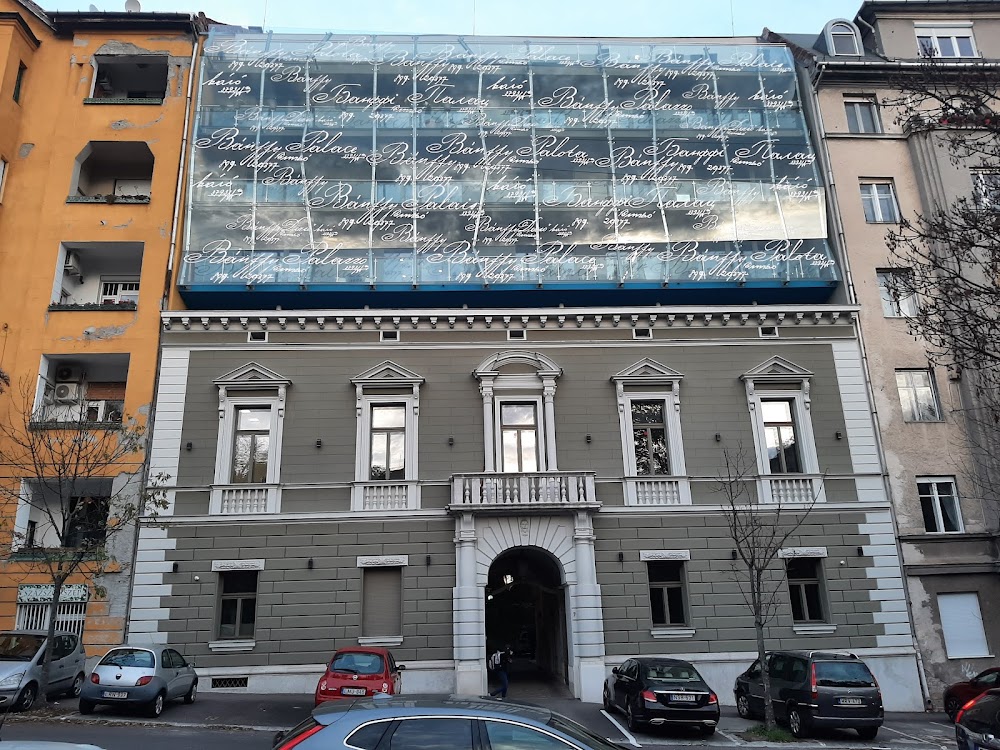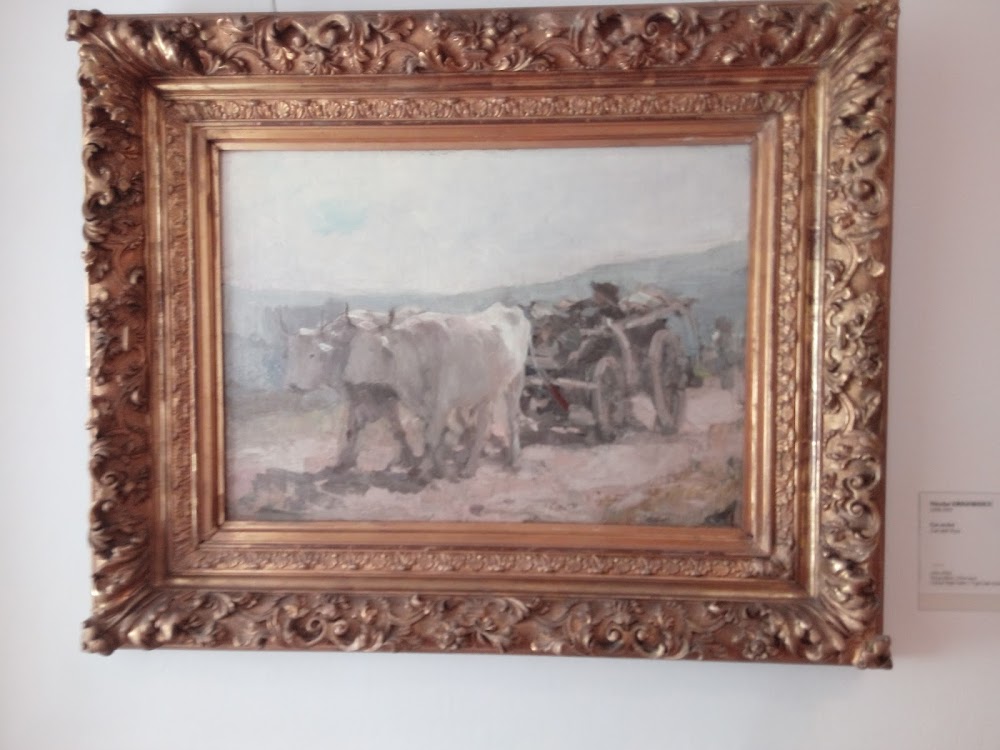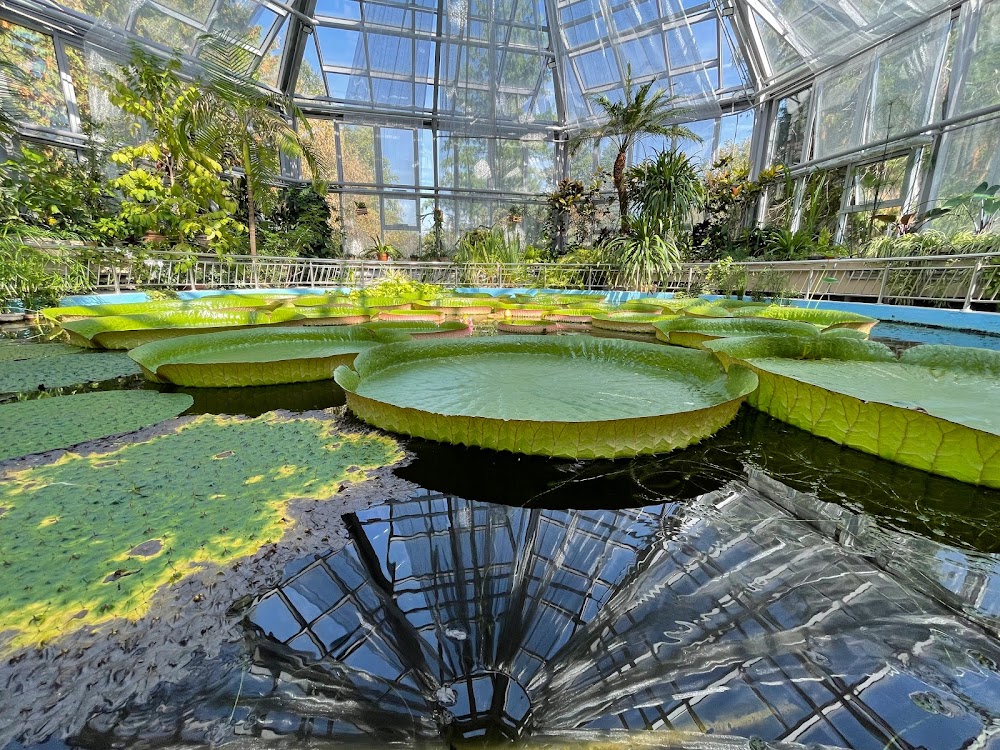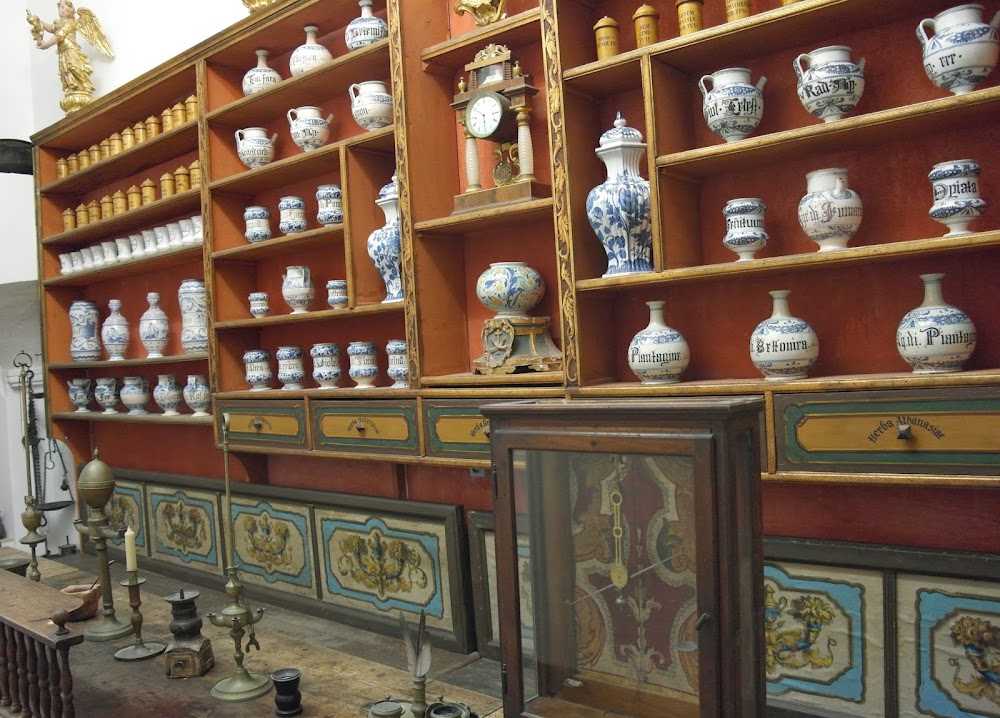Bánffy Palace (Palatul Bánffy)
Overview
Bánffy Palace: A Jewel of Cluj-Napoca
Bánffy Palace is a magnificent historical structure nestled in the heart of Cluj-Napoca, a vibrant city in Cluj County, Romania. This architectural masterpiece graces the central Piața Unirii square and is celebrated as one of the finest examples of Baroque architecture in Transylvania. Its grandeur and historical significance make it a must-visit destination for anyone exploring the region.
Historical Significance
Constructed between 1774 and 1785 by the Hungarian nobleman György Bánffy, who was the governor of Transylvania at the time, the palace was designed by the renowned German architect Johann Eberhard Blaumann. The building beautifully combines Baroque elegance with Neo-Classical elements that were in vogue during the late 18th century, showcasing a harmonious blend of styles that reflects the artistic sensibilities of the era.
Artistry and Craftsmanship
The construction of Bánffy Palace was a labor of love, with materials sourced locally, including high-quality stone and wood. Skilled artisans and craftsmen meticulously crafted every detail, ensuring precision in execution. The façade is particularly striking, adorned with intricate stucco work and allegorical statues representing the arts, virtues, and Greek gods, inviting admiration from all who pass by.
The Central Courtyard
One of the palace's standout features is its central courtyard, elegantly framed by two wings of the building. This courtyard served as a luxurious setting for social gatherings and events, symbolizing the wealth and status of the Bánffy family. A grand staircase, leading to the upper floors, impresses visitors with its ornate railings and sumptuous decor, embodying the palace’s regal atmosphere.
Lavish Interiors
Inside, Bánffy Palace dazzles with lavishly decorated rooms filled with frescoes, chandeliers, and exquisite furnishings. Each room serves a specific purpose, reflecting the opulent lifestyle of the Bánffy family. The ballroom, adorned with high ceilings and opulent decorations, was the heart of the palace's social life, hosting numerous balls and cultural events that showcased the family's prominence in society.
Preservation Through Time
Over the centuries, Bánffy Palace has undergone various modifications and restorations to maintain its historical and architectural integrity. While the Bánffy family continued to own the palace throughout the 19th century, it changed hands several times within the family. The 20th century presented challenges, particularly during and after the World Wars, leading to some damage and periods of neglect. However, dedicated efforts were made to restore the palace to its former glory, culminating in its transformation into the home of the National Museum of Art of Cluj-Napoca in 1951.
A Cultural Beacon Today
Today, Bánffy Palace stands as a proud symbol of Cluj-Napoca’s rich cultural heritage. The museum within its walls boasts an impressive collection of Romanian art, featuring works by renowned artists such as Nicolae Grigorescu, Ștefan Luchian, and Theodor Aman. Both locals and tourists flock to this stunning palace, eager to glimpse the opulence and grandeur of its aristocratic past.
Experience the Timeless Beauty
Recent restorations have ensured that Bánffy Palace remains in excellent condition, inviting visitors to immerse themselves in its historical and architectural beauty. The surrounding Piața Unirii square continues to pulsate with life, with the palace serving as a timeless and elegant backdrop for the city’s daily activities and special events. A visit to Bánffy Palace is not just a journey through time; it’s an experience that enriches the understanding of Transylvanian heritage and artistry.







